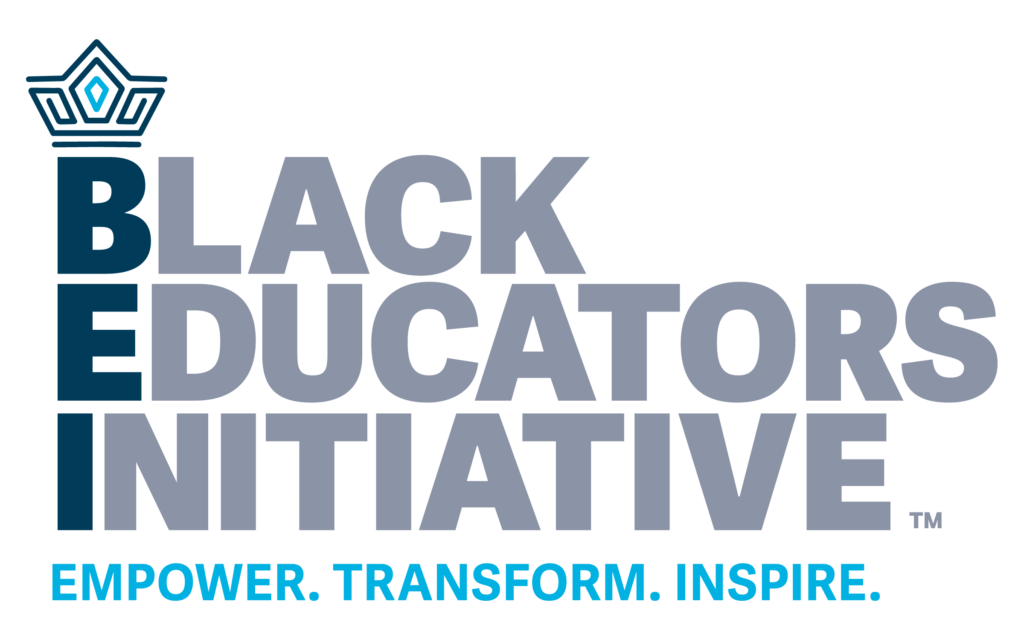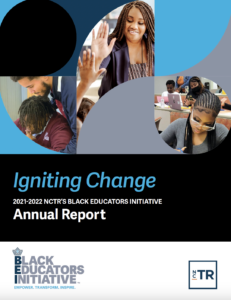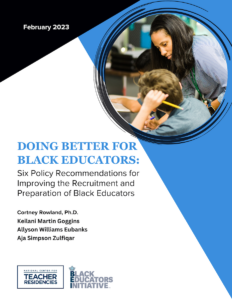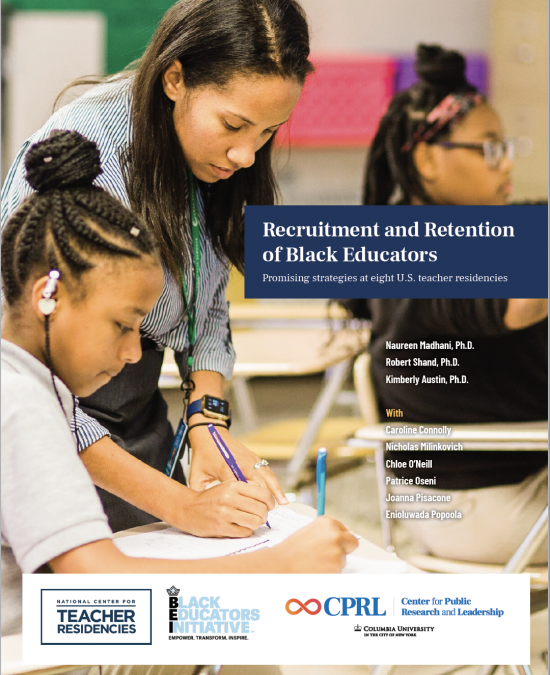
A national effort to recruit, prepare, and retain Black educators through teacher residencies.

Cynthia Fitz-Wilson is a teacher resident at the Dallas Teacher Residency. She is pictured with her mentor teacher, Chaslyn Reynolds. This picture was taken at Ben Milam Elementary School.

Roxy Nance is a teacher resident at the Chicago Public Schools Teacher Residency. This photo was taken at King Elementary School.
NCTR is excited to announce our Year 5 cohort of the Black Educators Initiative.
$3,800,000
450
5
- Memberships to professional development and networking organizations.
- Increased mentor stipends to attract experienced, effective teachers as mentors of Black residents.
- Mental health and social-emotional learning supports, including contracting with Black therapists.
View Our Annual Reports
Read about the growth and impact of teacher residency programs supported by NCTR’s Black Educators Initiative in our annual reports.
Learn about NCTR’s Network
NCTR convenes Network members to collaborate, exchange best practices, and share data to improve their programs and influence teacher preparation.
 The 2021-2022 BEI Annual Report shares the work of Year 3 BEI grantees and how NCTR supports them. All BEI grantees apply similar strategies to support the preparation of Black teacher candidates, and over time, NCTR and its research partners have been able to identify the strategies that are yielding the most promising results.
The 2021-2022 BEI Annual Report shares the work of Year 3 BEI grantees and how NCTR supports them. All BEI grantees apply similar strategies to support the preparation of Black teacher candidates, and over time, NCTR and its research partners have been able to identify the strategies that are yielding the most promising results. Black educators contribute significantly to the achievement of all students. However, there aren’t enough of them. One approach that appears to be solving this problem on a small scale is teacher residencies, which are community-based clinical preparation programs developed in partnership with school districts and anchored in their context. Teacher residencies are raising the bar for quality while reducing barriers to entry for teachers of color and other underrepresented groups.
Black educators contribute significantly to the achievement of all students. However, there aren’t enough of them. One approach that appears to be solving this problem on a small scale is teacher residencies, which are community-based clinical preparation programs developed in partnership with school districts and anchored in their context. Teacher residencies are raising the bar for quality while reducing barriers to entry for teachers of color and other underrepresented groups.